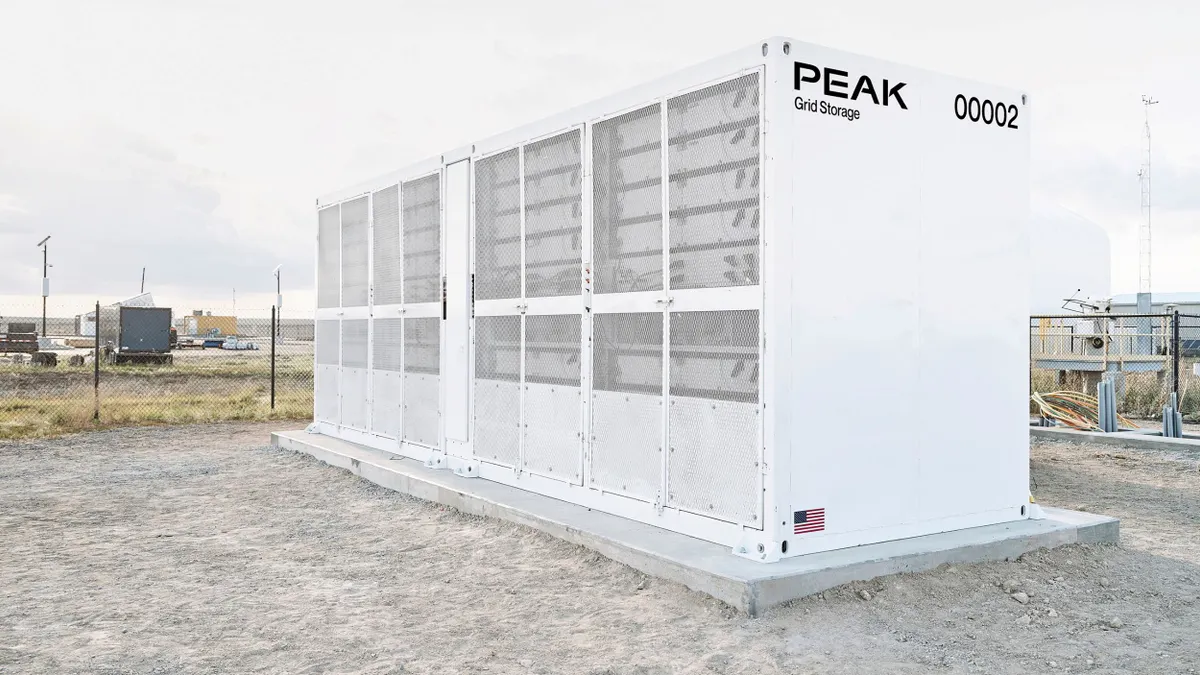The following is a contributed article by Steven Powell, president and CEO of Southern California Edison, and Stefan Bird, president and CEO of Pacific Power.
As energy leaders serving the Western United States, we are confronted daily with the challenges of safely providing cost-effective, reliable electricity to millions of customers across a geographically diverse region.
Each Western state has its own particular needs, access to resources, and goals for incorporating clean power into its energy portfolios. Our experience has shown, however, that working together to address challenges and finding solutions that address our collective concerns enable us to better serve customers in a responsible and mutually beneficial manner.
This is a significant conversation that is now taking place in the West. At issue is how we go about making our electricity cleaner, more reliable and more affordable. We all have a stake in creating this future and the conversation should be vigorous in spirit, rigorous on details, but never losing focus on collaborating to improve a complex delivery system that serves millions.
We started on this journey in 2014 when PacifiCorp and the California Independent System Operator came together to form the Western Energy Imbalance Market (EIM). This innovative market today allows 15 utilities to buy and sell electricity in real-time across 10 states.
Since its inception, the EIM has produced more than $1.7 billion in benefits to customers throughout the region. The EIM has helped system operators balance supply and demand when grid conditions are stressed and reduced greenhouse gas emissions. During extreme Western heat waves over the past two summers, EIM participants helped grid operators by sharing resources.
We are excited by this success and the roadmap it creates for increasing regional coordination and market integration in the West. That includes the promising effort now underway to expand the EIM through an Extended Day Ahead Market initiative that would do even more to enhance reliability, increase customer savings and reduce emissions throughout our region.
While the real-time market covers only a small portion of the West's energy transactions, the Extended Day Ahead Market would allow participants to buy or sell wholesale electricity the day before it's needed. This is also the time period when key fuel supply and operational commitments are made and without a day-ahead market to leverage regional diversity, the result is higher customer costs and increased curtailment of renewable resources. As more energy producers throughout the West participate, the day-ahead market would improve economic and environmental outcomes for everyone, just as the real-time EIM has demonstrated.
For example, when forecasters expect abundant solar power in California or the Southwest, power producers in the Rocky Mountains and Northwest could ramp down thermal and hydro resources, saving money and emissions while reserving hydro production for more critical periods. Alternatively, when the wind blows in Wyoming and the Columbia River Gorge, power producers in California and the Southwest could ramp down thermal and hydro resources, again saving money and emissions while reserving peak capacity for use in reliability conditions.
That is the essence of our shared energy future: leveraging diverse resources across a wide landscape.
While we don't pretend this will be an easy lift, Western states are increasingly challenged by climate change, drought and reduced hydropower. Meanwhile, customer demands are simultaneously increasing for more electricity and cleaner electricity as a result of transportation electrification, building electrification and increased commercial development, among other factors. These collective conditions can place pressures on reliability and affordability while all states transition to a cleaner resource mix. Enhanced regional coordination offers an immediate opportunity to take advantage of the West's abundant, diverse resources and a modernized electric grid to deliver a cleaner, reliable and more affordable energy future for everyone.
As a result, there is an unprecedented sense of urgency for this conversation. We believe it is incumbent upon us to harness that enthusiasm and seize this moment to have a system that works for everyone.
If we take advantage of this moment and continue to respect our distinct needs and concerns, something far-reaching and unprecedented can be realized in the West. And we can make our electrical system cleaner, more reliable and more responsive to the challenges of the 21st century and beyond.






















